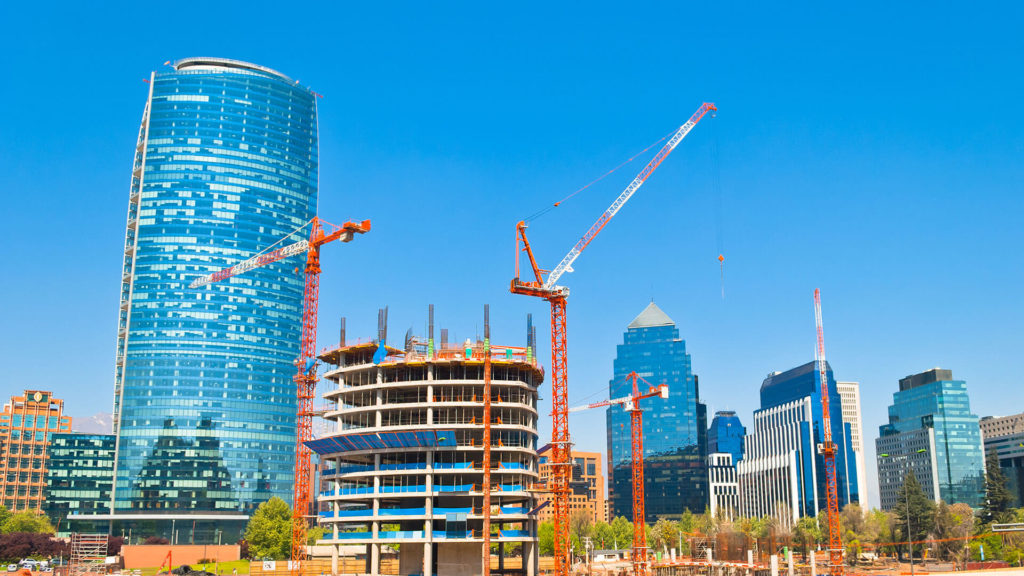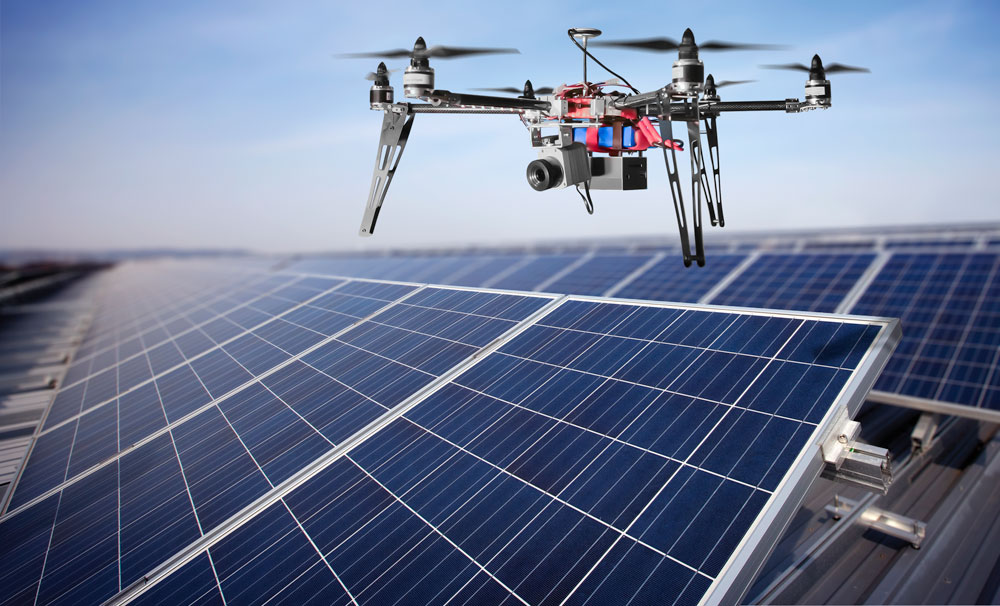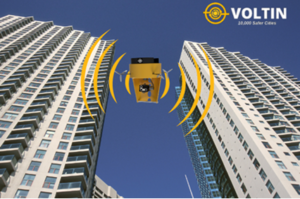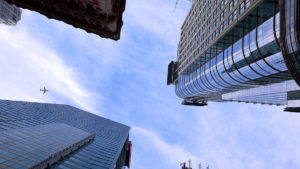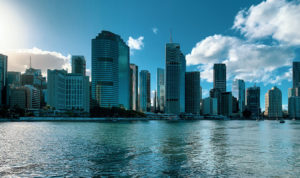Building and infrastructure thermographic inspections can be problematic. Achieving the balance between delivering cost effective quality survey results whilst reducing the risks to operators and the general public posed by working at height can be challenging. Bells can deliver a survey report using either a state-of-the art Drone (UAV) or by Rope Access which offer our clients a cost-effective, high-quality solution depending on location.
When should I use Rope Access?
A rope access inspection is only limited by accessibility to the site. In respect of operator risk, rope access has a higher factor as it involves an operator at heights rather than a machine.
Rope Access inspections:
- Are cost effective;
- Provide high quality real time imagery;
- Provide an intelligent operator with the direct touch, diagnosis and feel of a trained inspector;
- Far less restrictive control or exclusion zones than drones in built up areas;
The negatives for rope access are:
- Not as time efficient as a drone;
- Limited working in dangerous space such as working over water , machinery or power systems;
- May require a shutdown of an industrial facility;
When should I use Drones?
In the Hierarchy of Control Measures, the use of drones avoid people working at height and its attendant risk, also where the lateral area of to be inspected would require a large number of rope access manoeuvres. This makes drones a perfect fit for bridges, remote towers, cliff faces and mountain ledges.
The positives for drones are:
- Are quick to deploy and time efficient;
- Provide high quality imagery;
- Able to go in inaccessible places.
The negatives for drones are:
- Restricted use due to the safety concerns in populated or built up areas;
- Compliance with Civil Aviation Acts and Regulations;
- Exclusion and control zones of considerable size ( at least 30 metres in all directions)
- The cost impact of a Qualified UAV pilot.
Conclusion
Both methods have a role as both eliminate the costs associated with scaffolding or Elevated Work Platforms. It is a case of which is best suited to a site or location. Costs are relatively the same but deployment factors are the difference.
Licensing and regulations surrounding Drones are expected to become more relaxed over the next decade as safety data is obtained and reviewed. For the foreseeable future how ever, drones present a means to deal with difficul access away from the urban environment, whilst Rope Access is better suited for the built environment.
Drones and rope access are complementary as both require skilled technicians to undertake operations, the best suit can only be determined through a thorough assessment of the task, the methods to be used and the work environment.

